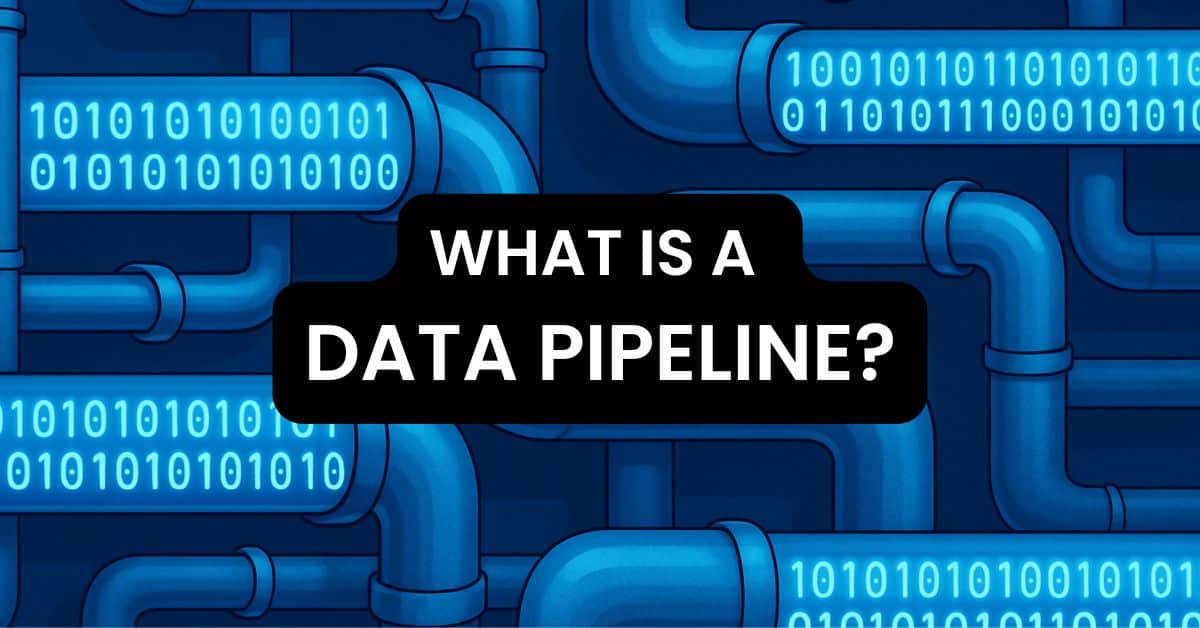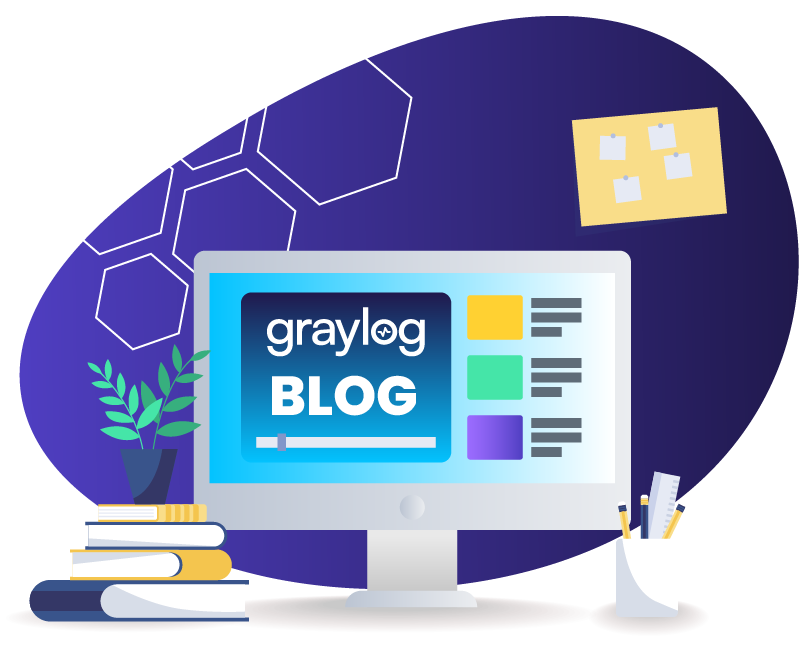In today’s tech world, IT and security technologies are the functional equivalent of Pokemon. To gain the insights you need, you “gotta catch ‘em all” by ingesting, correlating, and analyzing as much security data as possible.
Data pipelines organize chaotic information flows into structured streams, ensuring that data is reliable, processed, and ready for use. From ingesting information generated by various data sources to normalizing data and making it usable, data pipelines for security telemetry enable organizations to leverage security analytics to mitigate cybersecurity risk.
What is a Data Pipeline?
A data pipeline is a system that transports data from one or more sources, transforms the data into a usable format, and sends it to its final destination. The key components of a data pipeline include:
- Data ingestion: Collecting raw data from diverse sources.
- Data transformation: Modifying data to fit analytical needs
- Data transfer: Moving data to a final destination, like a security data lake.
For example, ETL (Extract, Transform, Load) pipelines extract data from sources and transform it before loading it to one or more final destinations. These data pipelines ensure data quality and reliability.
Data pipelines support:
- Machine learning: Providing clean data for model training.
- Security and business intelligence: Offering insights by using analytics databases.
- Real-time reporting: Using streaming data to make on-demand decisions.
What are the benefits of a data pipeline in cybersecurity?
Data pipelines facilitate the integration and transformation of data from diverse sources, removing data silos so that organizations can improve their security analytics’ reliability and accuracy.
Improved Data Quality
Data pipelines standardize security data across various log formats, like JSON or Windows Event Log. By reducing data silos and fostering coherent data structure, these processes facilitate more trustworthy analytics for improved decision-making.
Efficient Data Processing
Well-designed data pipelines enable a streamlined data workflow that enhances analytical efficiency. Automated data pipelines ensure that data moves rapidly through the transformation process, reducing availability delays. By incorporating real-time data transformation into data pipelines, organizations can gain immediate and accurate visibility into their security posture.
Comprehensive Data Integration
Data pipelines ensure that security analytics have high-quality, trusted data. In security data lakes and analytics platforms, they support diverse processing requirements while facilitating data orchestration, essentially coordinating data flows so that each processing step executes in the correct sequence.
How Does a Data Pipeline Work?
The data pipeline process consists of data sources, transformations, and destinations. However, data may go through multiple transformations when standardizing it to make it ready for analysis.
Data Sources
Generally, data pipelines gather data from various sources, like databases or files from an SFTP server. In the security use case, the data ingestion process typically refers to sources like:
- Identity and access management (IAM) tools
- Operating systems
- Software and web applications
- Application Programming Interfaces (APIs)
- Endpoint detection and response (EDR)
- Devices, including Internet of Things (IoT) and network devices
Data Ingestion
During the initial data ingestion stage, the data pipeline extracts data from these defined sources, either through:
- Batch processing: Bulk data ingested at regular intervals.
- Data capture or event-driven synchronization: real-time ingestion processes.
Some platforms support both batch and real-time ingestions from data sources, offering versatility across structured and semi-structured data.
Transformations
The transformation process ensures that data is clean, organized, and ready for analysis. During this phase, the data undergoes operations including:
- Parsing
- Normalization
- Sorting
- Validation
Dependencies
Data pipelines collect and distribute data from multiple sources to designated destinations. The pipeline’s dependencies typically refer to the management of sequencing tasks to address any prerequisites necessary for successful data processing. These dependencies can be technical, like managing data queuing systems, or business-oriented, like verifying data accuracy. Effectively managing dependencies ensures smooth data flows that deliver transformed data to the analytics or storage destination.
Data analysis
The data pipeline’s purpose is to prepare security and enterprise data for effective analysis. By moving the raw data from the sources through the various data transformation and processing steps, the data pipeline ensures that data conforms to the analytical system’s requirements.
How to Build a Data Pipeline for Security Telemetry
Building a data pipeline for security telemetry requires managing high volumes of dynamic data that your organization’s IT and security technologies generate. When purposefully designed, your data pipelines can unify diverse data from across your IT environment, including Internet of Things (IoT) devices and cloud services.
Define Strategic Goals
When building a data pipeline for security telemetry, your primary objective is to move and transform data from various sources so that your analytics models can generate insights. As part of this, you should tailor your data pipelines to account for both batch and real-time processing architectures based on the specific data requirements. Your pipelines should consider the broader security objectives to ensure timely and efficient data processing.
Gather the Right Resources
To effectively build a data pipeline, gathering the right resources entails selecting tools and technologies that facilitate data transformation and integration. When working with security telemetry, you need a data pipeline solution that can manage the various data sources and formats across your environment. Typically, this means using a third-party solution to parse and normalize data.
Establish Data Sources and Ingestion Methods
Your data sources are the various technologies across your environment, which can be enterprise assets like business applications or security tools like EDR. Your data ingestion methods may be either:
- Listener inputs that wait for the application to push data, like Syslog, Beats, or FEC TCP/UDP.
- Pull inputs that reach out to an endpoint, like using an application programming interface (API) to collect data from AWS Cloud Trail, Microsoft Defender for Endpoint, or Google Workspace.
Create a Data Processing Strategy
The data processing strategy involves selecting the methods for transforming and processing data. For example, ETL pipeline processes automated the extraction, transformation, and loading of data. Meanwhile, stream processing engines and architectures need to handle both real-time and batch processing needs depending on how the environment generates it. The processing tools and framework dictate the data pipeline’s ability to support business logic and real-time reporting.
Be Strategic About Storage
Storage affects the data pipeline’s performance, scalability, and cost. Security telemetry can be stored reliably and efficiently in security data lakes. However, according to one news article, only a small fraction, around 5%, of data is analyzed immediately. The other 95% goes directly to storage, remaining accessible but dormant unless otherwise needed.
Establish a Data Workflow
The data workflow outlines the steps and processes affecting the data within the pipelines. Typically, organizations use automation tools to orchestrate these complex workflows, ensuring that data flows seamlessly from ingestion through processing to storage, requiring minimal manual intervention. By creating a well-defined workflow, you improve operational efficiency and reduce the error risks to support the data pipeline’s overall objectives for delivering reliable and timely data for your security analytics to use.
Implement a Reliable Data Consumption Layer
The consumption layer interfaces with analytical tools and platforms to support data visualization, business intelligence, and real-time reporting needs. The platform should allow you to explore and analyze data, including capabilities like dashboards, reports, and advanced analytics.
Graylog: Security Data Pipelines Done Right
Graylog is one of only three vendors with 15+ years of experience offering a unified platform for centralized log management (CLM) and security information and event management (SIEM). Regardless of your deployment, Graylog gives you the versatility necessary to build data pipelines that uplevel your threat detection and incident response (TDIR). Our rapid search and investigation capabilities are built on the core foundation that you should have usable access to your data. Our data management capabilities enable you to log everything without sacrificing budget, efficiency, or compliance so that you can improve your IT operations and security capabilities in a way that fits your organization’s needs.


